The Yokai Trilogy - Goodbye Yokai
This episode is the end of season 1. We say goodbye to Yōkai and go brave into the future. Covering the final films - Funayūrei 4 and 5 we see a full circle narrative arise from the combination of fifteen films.
Music From The Other Room
Multimedia lab experimenting with image and sound. We try to do things as they are not supposed to be done.
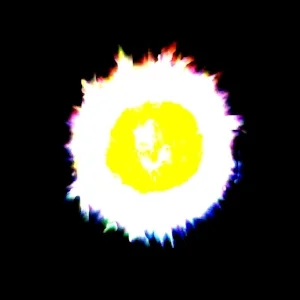
This episode is the end of season 1. We say goodbye to Yōkai and go brave into the future. Covering the final films - Funayūrei 4 and 5 we see a full circle narrative arise from the combination of fifteen films.

This episode is Funayūrei 3. Longest of the series at almost ten minutes. The film had a few stages of completion as it worked to become an extensive excavation of the life of bees and coordinates the narrative carried from the second through the third.
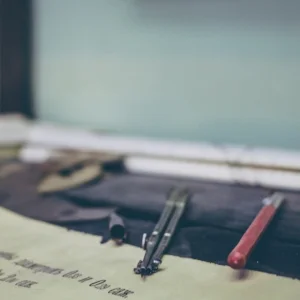
This episode finishes Hikikomori with conversation of rearranging how one experiences material as a byproduct of work being achieved successfully after stepping away when there was nothing to be done.

This episode shifts from the frame breakage of Hikikomori 5 to the exterior envisaged by Hikikomori 1. A larger idea embodied by numerous in this trilogy - close proximity of personal interior with moments that push away.
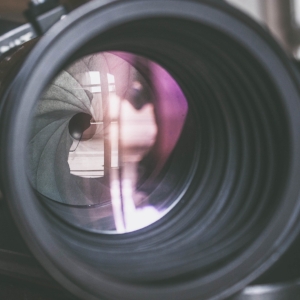
This episode of The White Whale dives into the films of Hikikomori and doesn't get past the third video, which is actually the first video. Confused? We explain. Just listen to the podcast.
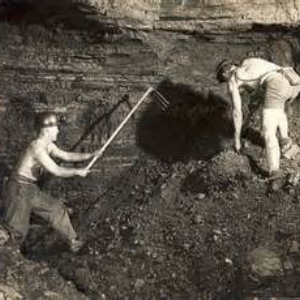
This episode looks exclusively at the last film for Aokigahara and how it took making the feature film KliKt to excavate buried ideas feeding an understanding that informed the development of The Yōkai Trilogy's films.

This episode presents a break down of Nirvana's 'Smells Like Teen Spirit' music video and launches into how to not make a film, yet derive a way of making from it. Professionalism be damned. It also ends with the last track of Aokigahara and bends closer to talking about the second record's films.

This episode of The White Whale continues interrogating the films and dives into Garrett's history to learn more about what shapes the current work. Shifting from Jurassic Park to Fellini to the music video for Nirvana's 'Smells Like Teen Spirit', this episodes shapes context and provides valuable considerations for The Yōkai Trilogy's visual layout possible.

This episode turns the tables as John interviews Garrett about making the films. Discussion shifts from the films to previous work such as Trickery Mimicry and Public as a turn back tot he topic at hand.

This episode of The White Whale goes deeper into the dreams and strange happenings of Funayūrei's making. John starts having vivid dreams that lead him down a rabbit hole to Christopher Hitchens and eventually playing material for a girl who throws up in his guest room.
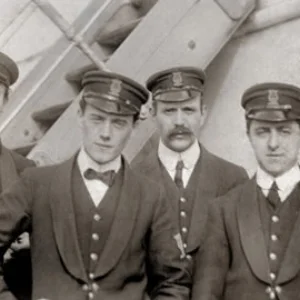
This episode takes an interesting turn to the Titanic as we set up the weird arrivals of Funayūrei's ghosts.

This episode of The White Whale returns looks at how one develops an openness with creativity and thinking outside the box of art. Where do we get our ideas? How do we accept our voice and interpretation if the surrounding thoughts counter it as correct? Why does it matter that you find your own road?
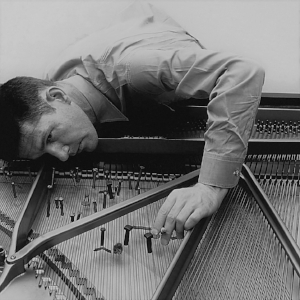
This episode returns to ELpH through John Cage and preparing pianos. Most of all the records, Funayūrei is built on reconfiguring by machines.

This episode starts addressing the films and how they evolved the way John saw the music. The coincidences of construction keep building onto this new narrative, creating ripples in how everyone can interpret the work.

This episode shifts to Funayūrei, third and final album in The Yōkai Trilogy; initiating discussion of the third album while also previewing tracks from the upcoming release.

This episode speaks thoroughly to the inspirations and compositional aesthetic of Hikikomori. Made up of inorganic instruments, John also speaks to mixes derived by machines rather than him alone.

This episode goes further into what it is to be Hikikomori and and why John's second record of the trilogy doesn't have a single organic instrument on it.

This episode briefly introduces Hikikomori and the story behind John's second record in the trilogy.
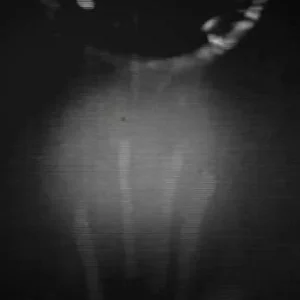
This episode looks at the classics by James, Poe, and Hawthorne to examine how limiting their structures of storytelling have become. For the modern day ghost story Aokigahara is much more than a name for a first record, but a conduit to ideas that may in fact bring us out of history.

This episode looks at how sound running backwards and listening out of order became significant conduits to composition. "Start anywhere, go anywhere, and do anything" as John says. Being a decider of your own experience shapes your context.